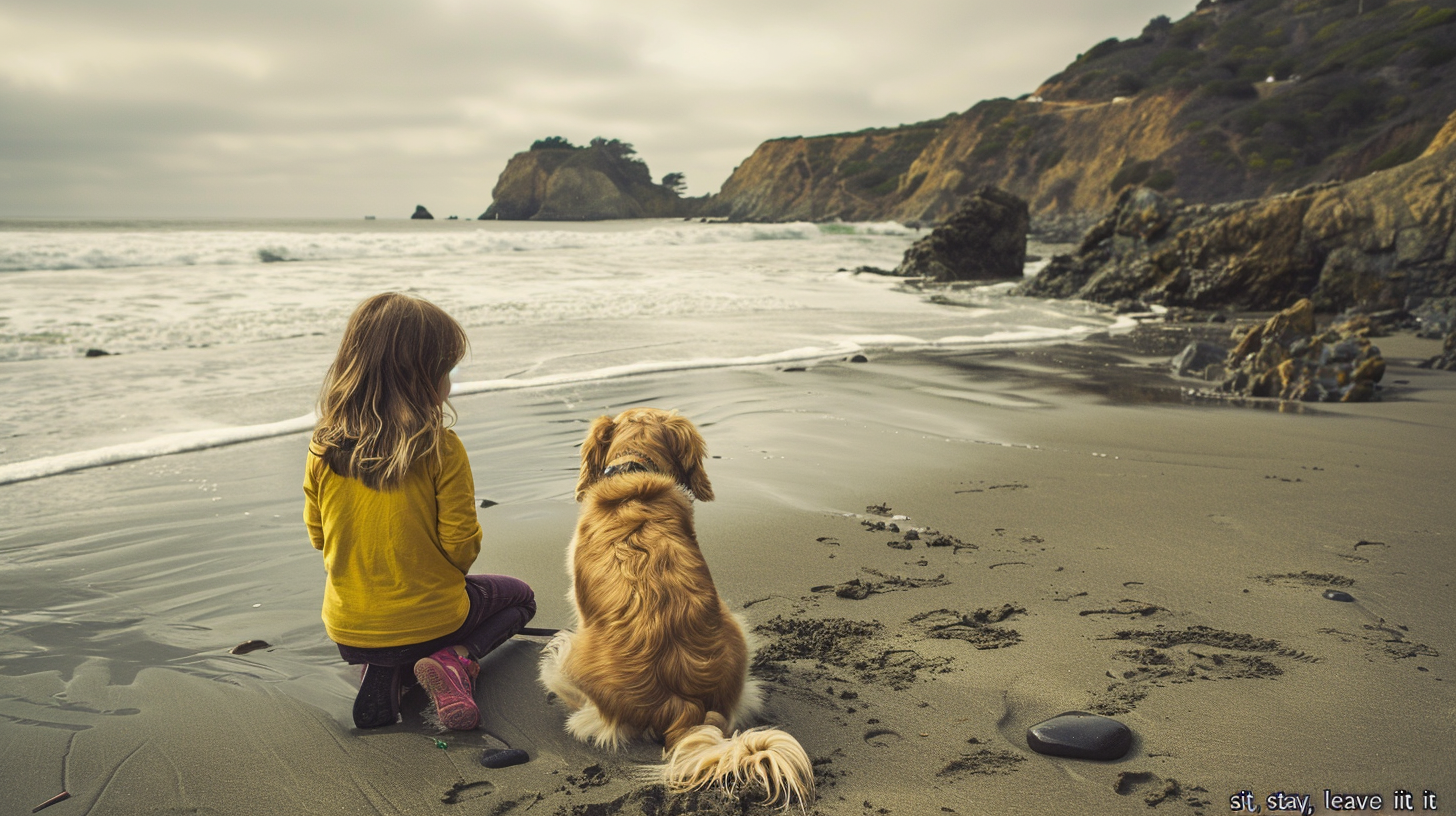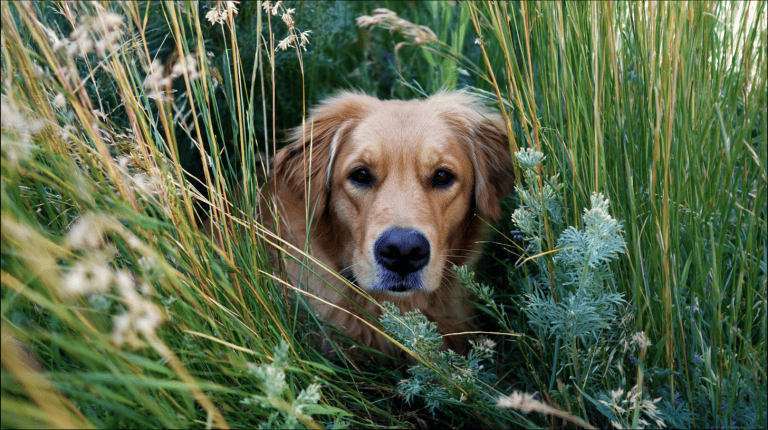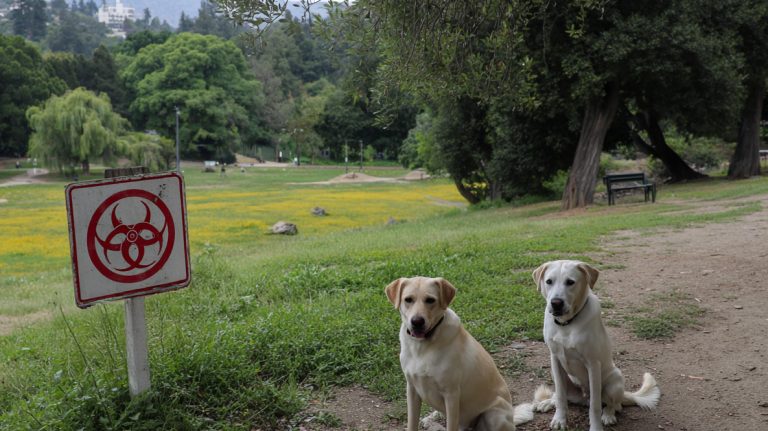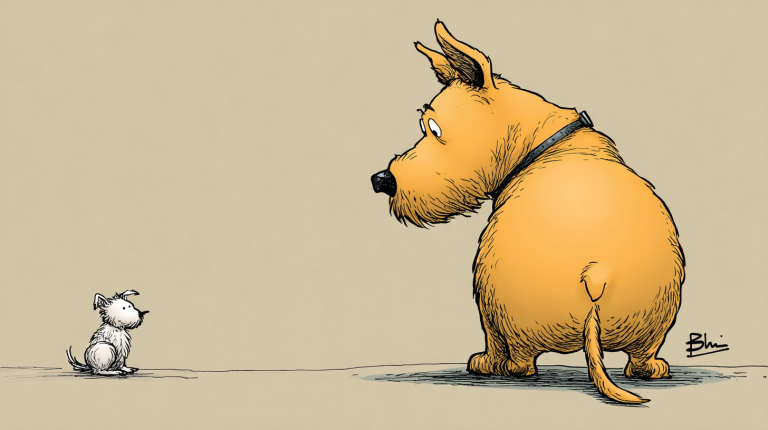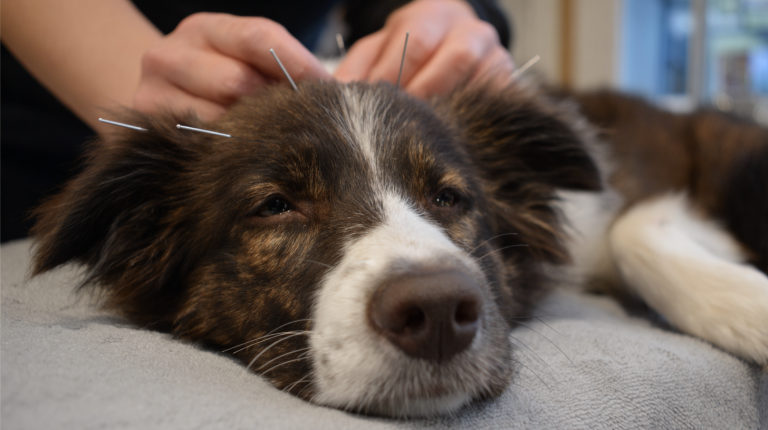Stay calm and assess the situation
You’re out on a hike with your dog, enjoying a walk in the park, or strolling on the beach when suddenly, a nearby child starts crying. You know your dog loves kids, but the poor child is scared. How do you handle kids and dogs? Let’s talk about managing interactions with kids and dogs while you and your dog are out and about in California.
First, it’s essential to stay calm. Dogs can sense our emotions, and if you’re anxious, your dog might become anxious too. Assess the situation quickly: Is the child scared because your dog approached too quickly? Did your dog bark or jump? Understanding the trigger can help you address the issue more effectively.
Use your leash and commands
Always keep your dog on a leash in public spaces unless you’re in a designated off-leash area. A leash gives you control and allows you to manage interactions better. Use basic commands like “sit,” “stay,” and “leave it” to control your dog’s behavior. If your dog is well-trained, these commands can prevent unwanted approaches and help calm both the child and your dog.
Communicate with the child and parent
Speak to the child and parent calmly. Assure them that your dog is friendly and explain that you have your dog under control. Ask the parent if their child would like to meet your dog, and if so, guide them on how to approach your dog safely. Not all children know how to interact with dogs, so it’s important to teach them to extend a hand slowly and let the dog sniff them before attempting to pet.
Respect boundaries
If the child or parent, or the dog is uncomfortable, respect their boundaries. Not everyone is a dog lover, and some people may have had negative experiences with dogs in the past. Move your dog a safe distance away and give the family space to feel secure.
Positive reinforcement for your dog
Reward your dog for good behavior. If your dog responds well to commands and remains calm during the interaction, give them a treat or positive verbal praise. This reinforces good behavior and helps your dog understand that calm interactions lead to rewards.
Educate and advocate
Take opportunities to educate children about how to interact with dogs safely. Explain that sudden movements and loud noises can startle dogs. Encourage gentle petting and respectful behavior around dogs. By educating children, you’re helping to create a safer environment for both dogs and kids.
Be prepared for different reactions
Children react differently to dogs based on their previous experiences and personalities. Some kids might be thrilled to meet your dog, while others may be terrified. Be prepared to handle both reactions with patience and understanding. If a child is particularly fearful, it might be best to avoid close interactions and reassure them from a distance.
Know your dog’s limits
Understanding your dog’s temperament is crucial. Some dogs are naturally more patient and tolerant of children, while others might be more skittish or reactive. If your dog shows signs of stress or discomfort around kids, it’s best to avoid close interactions and work on training to improve their comfort level.
Choose your locations wisely
Certain locations are more suitable for dog and child interactions. Parks with designated dog areas, family-friendly beaches, and hiking trails known for being dog-friendly are great choices. These places often have other dog-savvy people who understand and respect dog etiquette, making interactions smoother and more enjoyable.
Handling interactions between your dog and children in public requires patience, awareness, and good communication. By staying calm, using proper commands, and respecting boundaries, you can ensure a positive experience for everyone involved. Educate children about safe dog interactions, reward your dog for good behavior, and choose suitable locations for your outings. With these strategies, you and your dog can enjoy your adventures in California while fostering safe and friendly interactions with the little ones you encounter.

